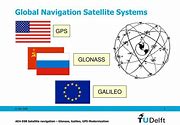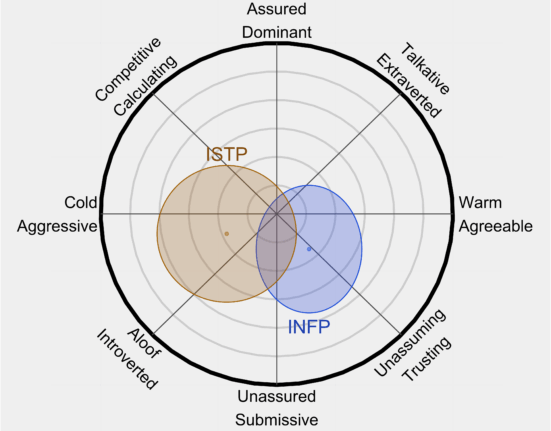Thousands of sensors are lighting up the scientific world with a vibrant dance of data. These sensors, over 4,500 GNSS receivers sprinkled like stardust across Japan’s landscape, are doing more than just tracking locations with GPS accuracy. They are painting a vivid picture of the ionosphere, that ethereal layer around Earth where space and our planet converge in a mesmerizing ballet.
Imagine this: Dr. Weizheng Fu and Professor Yuichi Otsuka spearheading a research team at Nagoya University’s Institute for Space-Earth Environmental Research (ISEE). They embarked on a journey to unravel the mysteries hidden within the ionosphere, particularly after the reverberations of the Noto Peninsula Earthquake shook Japan with its 7.5 magnitude might on that fateful day of January 1, 2024.
As seismic waves rippled through the earth’s crust that day, they didn’t just stop at terra firma. No, they had grander ambitions – they soared upwards into the heavens towards an invisible realm known as the ionosphere. A place where electrons play tag with radio waves and where disturbances can disrupt satellite communications and even location accuracy.
“When we talk about electron density changes in the ionosphere post-earthquake, it’s like looking at music notes written across the sky by nature itself,” Dr. Fu mused as he delved into their groundbreaking work.
Unveiling The Symphony Of Electron Dance
In those precious moments after nature flexed its muscles with seismic strength, waves traveled upward through layers of atmosphere akin to ripples from skipping stones on a tranquil pond. And like skilled conductors deciphering musical notes on a symphony score sheet, Fu and Otsuka used cutting-edge tomography techniques to create a visual masterpiece – a stunning 3D model showcasing how electron density shifted in response to earthquake-triggered sound waves.
The Tilted Tango Of Seismic Sound Waves
Picture this – south of where tectonic plates clashed and sent shockwaves shuddering through Japan’s spine; researchers noticed something peculiar. The sound waves weren’t just meandering aimlessly; no, they were engaged in an elegant dance – first tilted then gradually straightening their posture into vertical alignment.
“It’s fascinating,” Professor Otsuka remarked as he marveled at their findings. “These wave patterns tell us stories not just about earthquakes but also about how our planet responds to such events.”
Their observations challenged existing models that simplistically assumed all seismic sounds originated from one central point deep within Earth’s belly when reality whispered a more intricate tale – multiple points along fault lines contributed their unique melodies to Earth’s symphonic repertoire.
A Prelude To Future Discoveries
Peering beyond earthquakes’ aftermaths, Fu and Otsuka set their sights on other natural phenomena awaiting exploration – volcanic eruptions billowing fiery plumes into skies painted crimson by molten fury; tsunamis roaring ashore with watery vengeance; severe weather dancing across horizons ablaze with tempestuous passion.
“As we unlock more secrets hidden within these natural events,” Fu shared wistfully, “we pave paths towards technology safeguarding sensitive systems during crises while fortifying early warning mechanisms against Mother Nature’s unpredictable whims.”
And so unfolds another chapter in humanity’s quest to understand not just our world beneath but also above – high amidst celestial realms where ions twirl and electrons pirouette in cosmic ballets unseen yet profoundly felt by our terrestrial existence.









Leave feedback about this